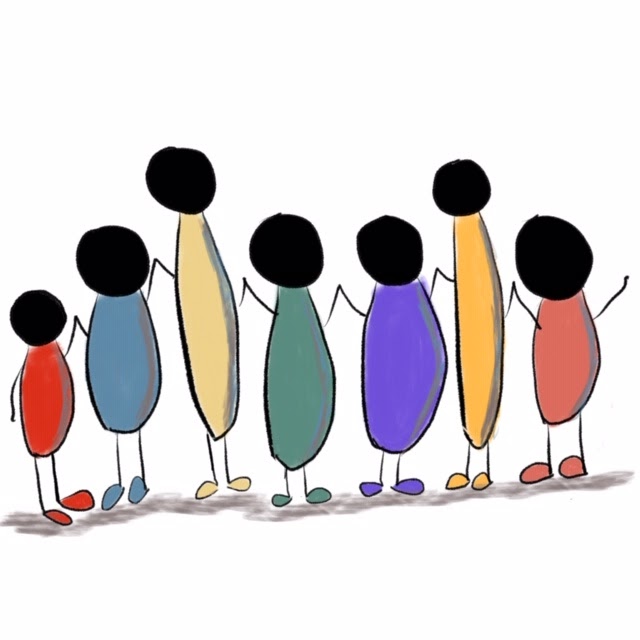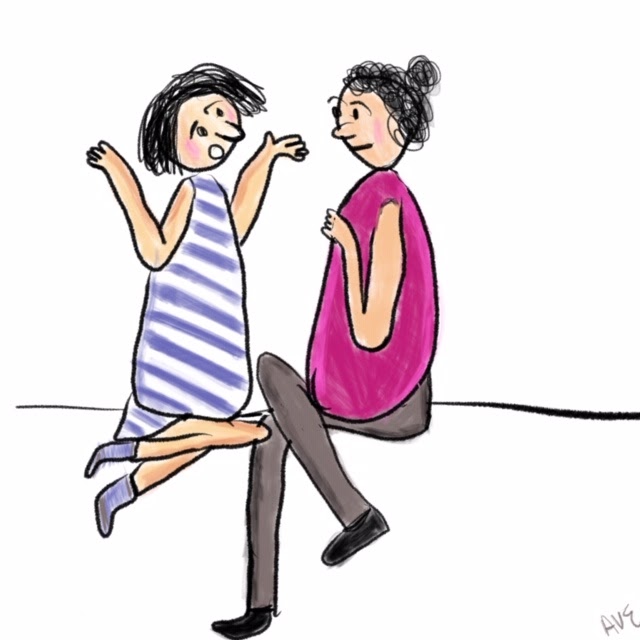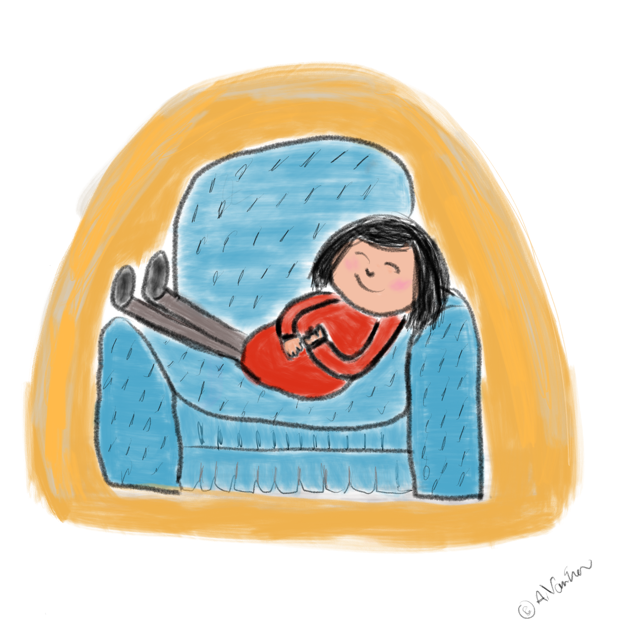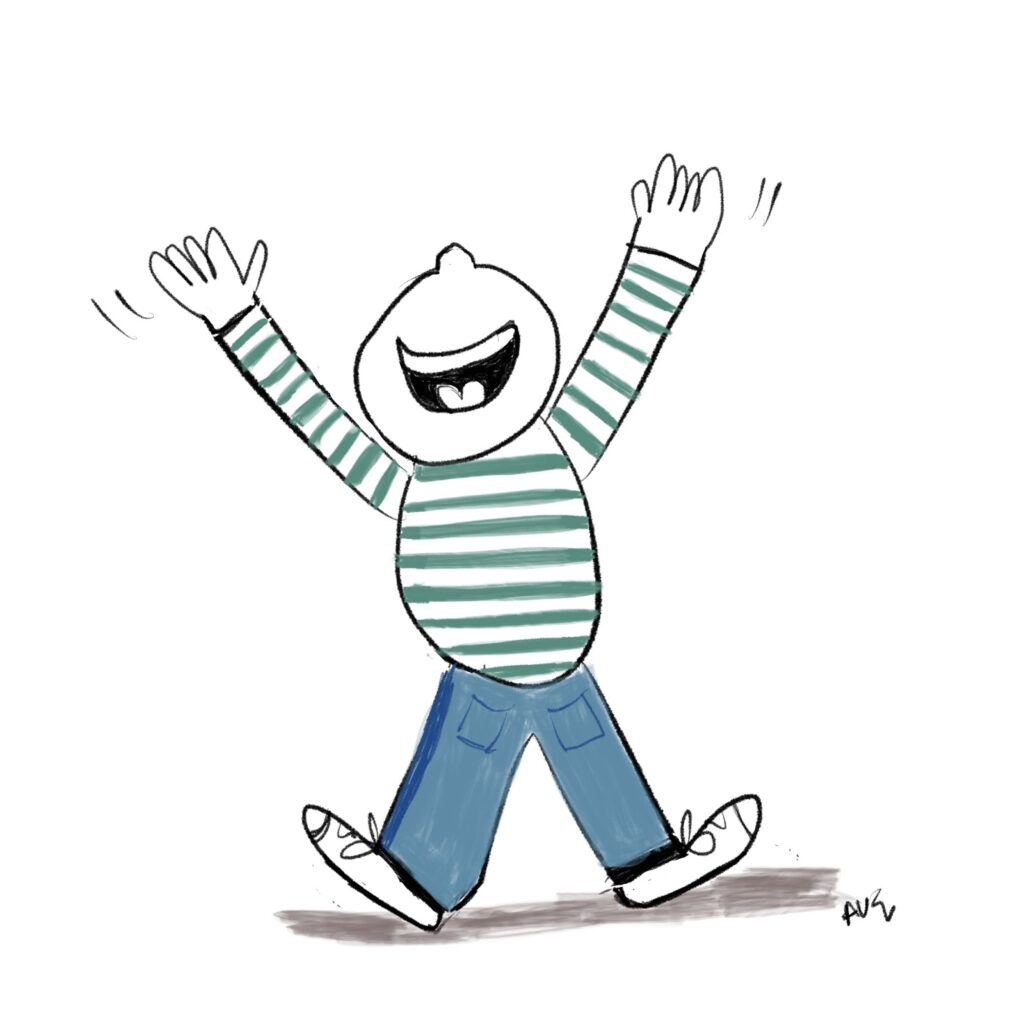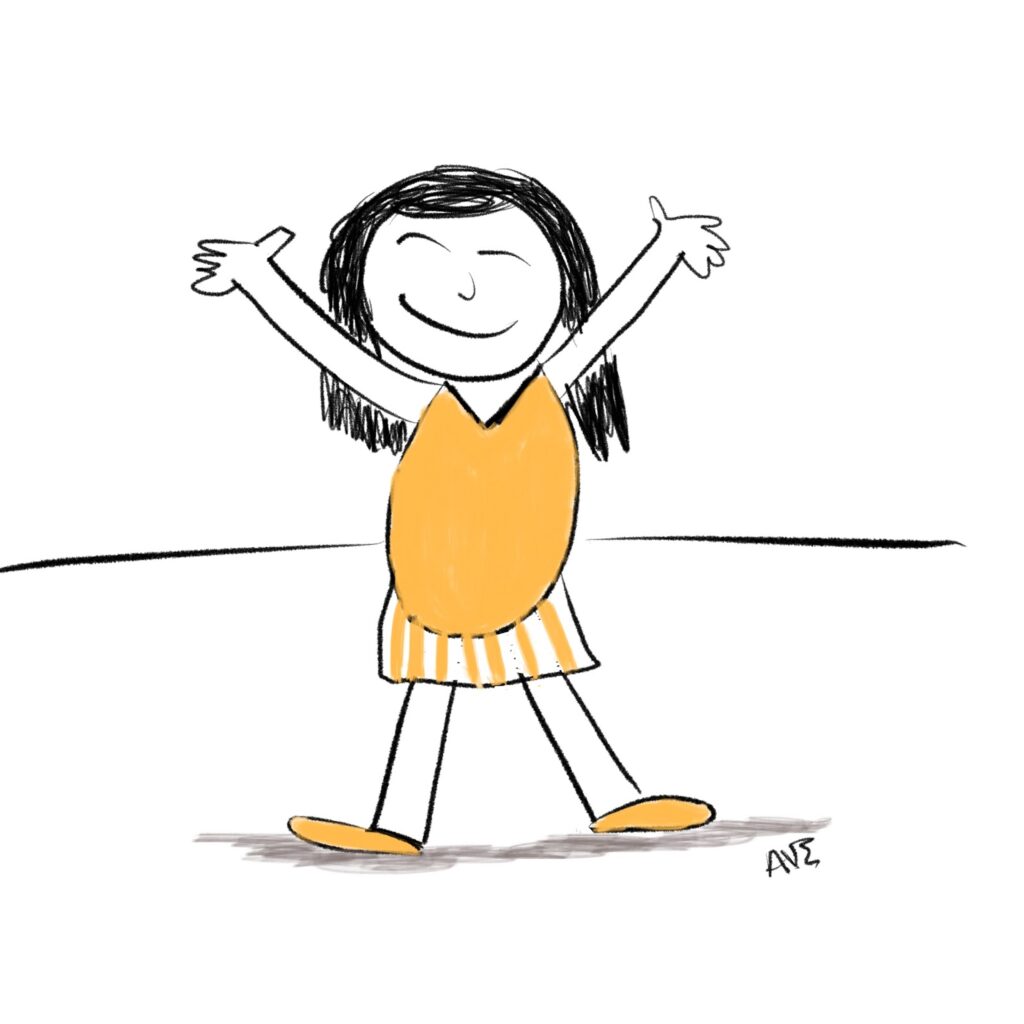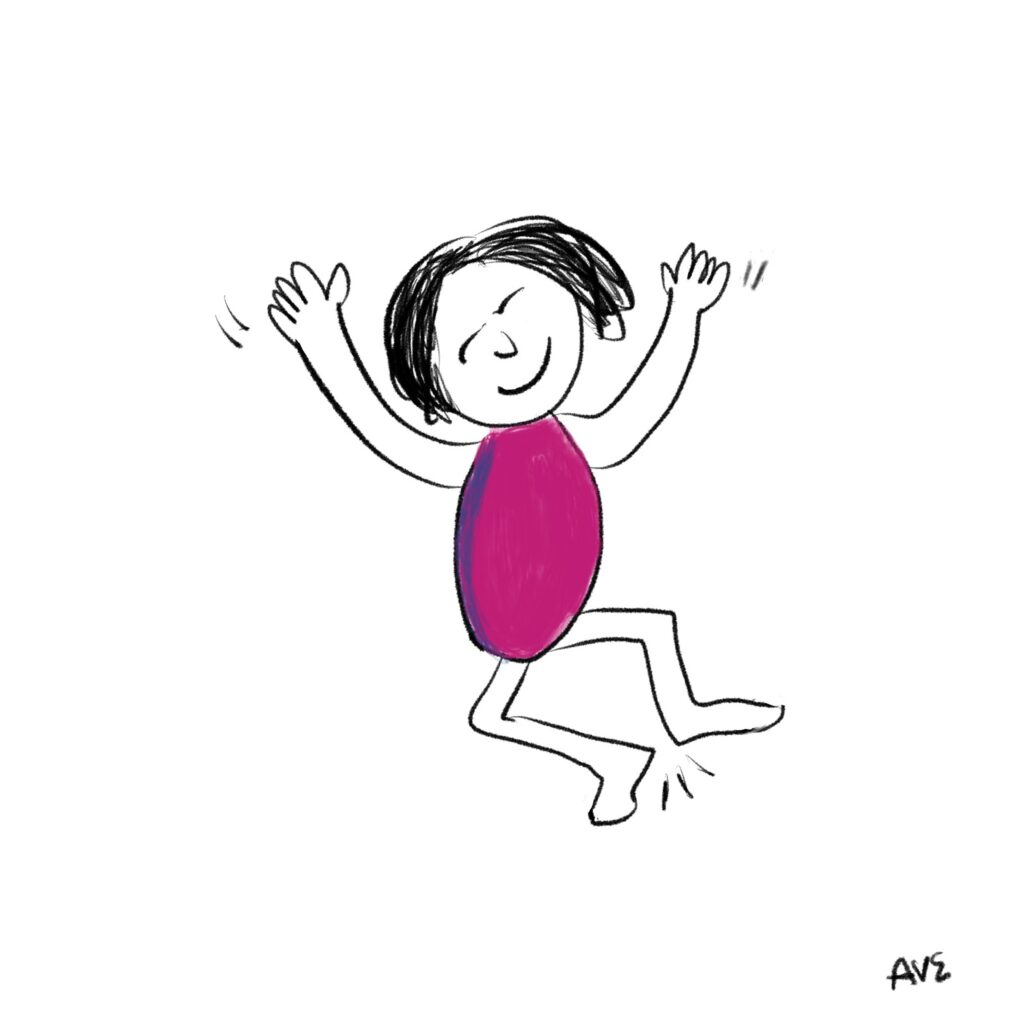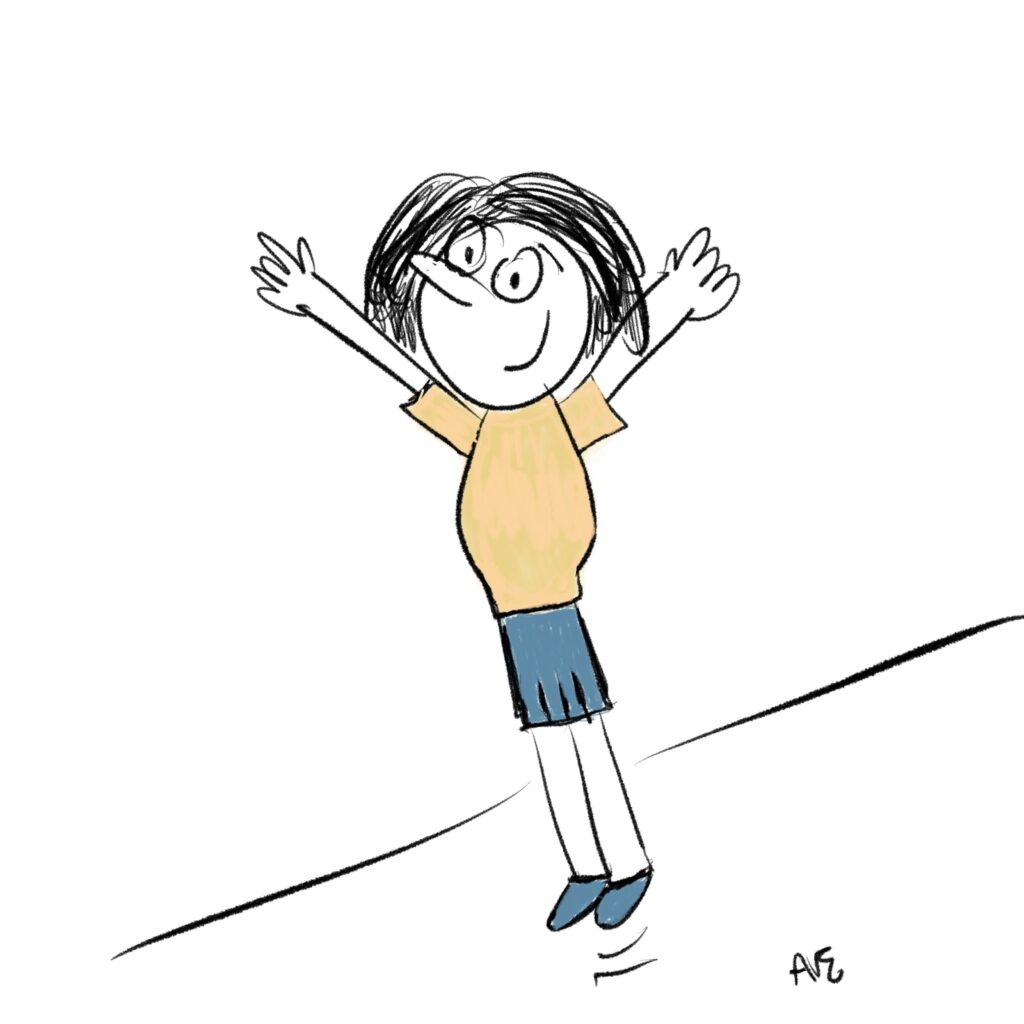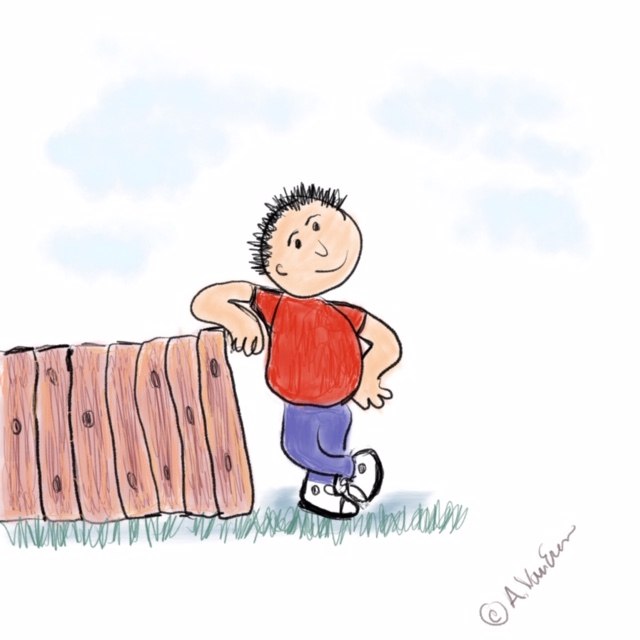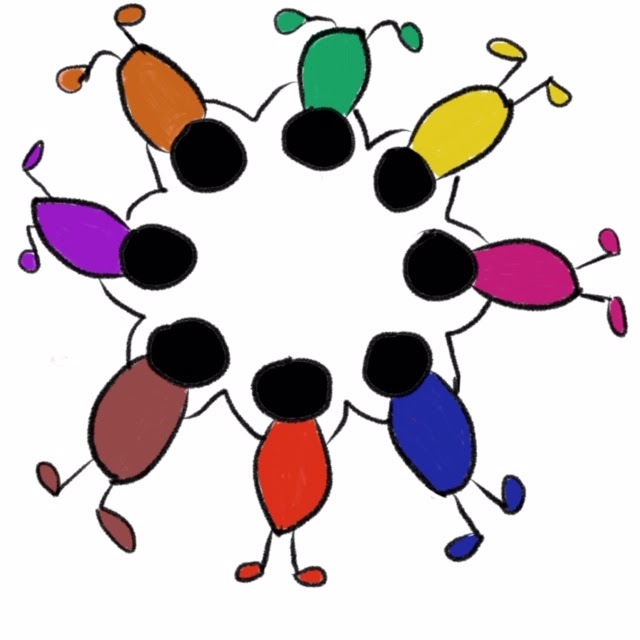
Often people talk with me in despair about the many crises in the world. We are concerned about the planet and the implications of the changing climate and pollution. There are many people who are displaced and poverty is rampant. People are stressed about political developments and these are just a few of the concerns. There are challenges in workplaces, neighborhoods and even in our homes.
Often we feel helpless. What can we do especially when our lives are full? Of course we can become overwhelmed with all the challenges. However, we can each make a difference somewhere.
First, reflect and ask yourself, “What do I really care about? What breaks my heart open?” It is best to pick one area to focus on to avoid being so distracted or burning out quickly. Even a small issue such as building a stronger relationship with a colleague, neighbor or family member is worthwhile.
Next, ask yourself, “What skills, expertise or knowledge do I have to put toward this?” You may have social media skills and the ability to create awareness in that space. You may be a strong listener and can be a kind friend. You may have research skills or technical skills that can be used toward this greater need. Ideally, you can use skills that come naturally for you. You may also decide to invest in your own learning.
Then do some homework to find out what is needed and what others may be doing. Perhaps you will join with others or initiate your own project. You can start with a micro-project that can be an experiment or a prototype that can evolve into something more as you proceed. Ideally, you can join with others who also care about the issue.
Imagine what will be possible if we each adopt micro-projects and larger projects to make our homes, workplaces, neighborhoods and the world a better place for all.
One person took the challenge and met with others in his racially divided neighborhood to read a book and talk about how to create a more inclusive community. Another supported elderly neighbors with some of their basic needs and spent time visiting. In a workplace, a person took on the goal of creating more connections between competing departments. Senior leaders agreed to engage in open-minded and candid conversations with each other and it created more harmony in the organization.
In each of these and similar projects, the initiator had the satisfaction of learning and taking action and knowing they were making a small but meaningful difference.
A critical factor for success is being open. Open to listening within to what calls your attention and open to learning, taking action and making an impact. I am open to supporting people in engaging in microprojects and expanding possibilities. My colleague and I are supporting Open Conversation Project Circles in which we support people in developing a practice of being open and engaging in conversations and projects that make a difference. Participants support each other in this endeavor and the community fosters well being and fulfillment.
Move forward on something important to you as you experience community and strengthen leadership skills. Consider joining an Open Conversation Project Circle.

